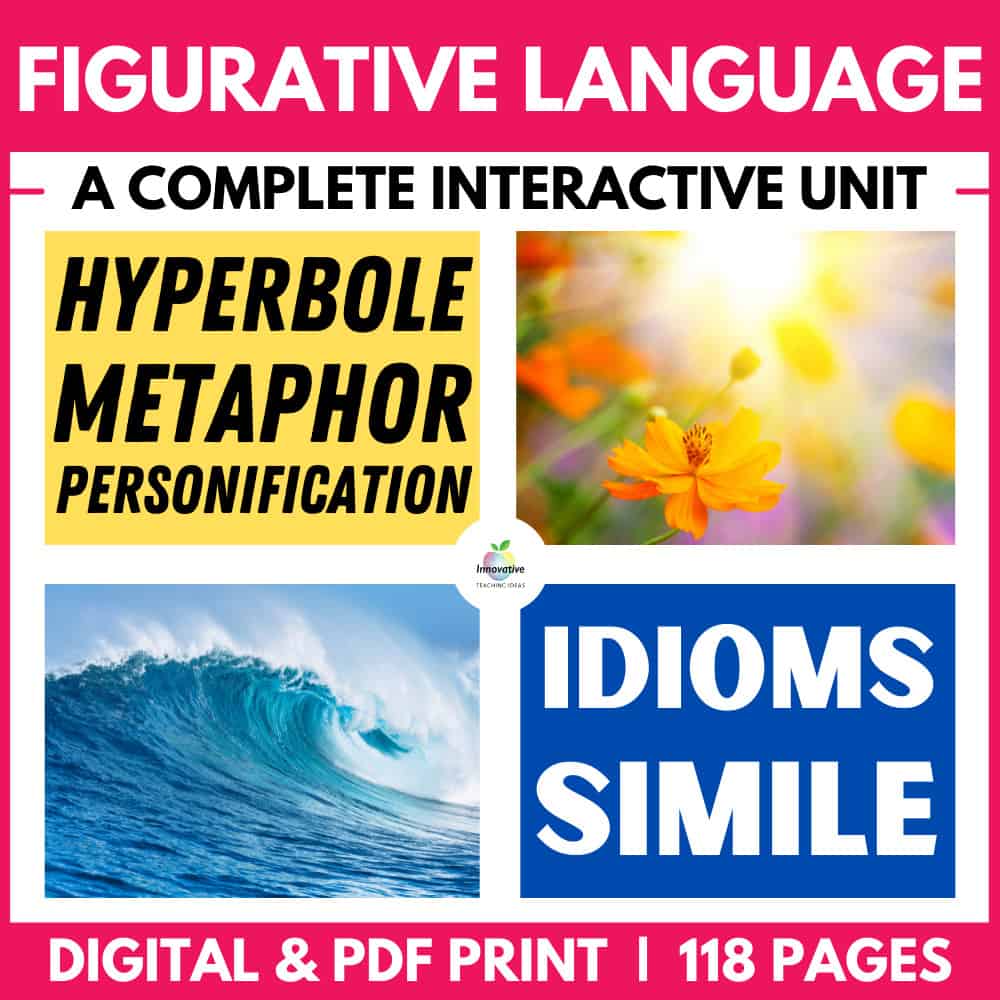
WHAT IS ONOMATOPOEIA? A DEFINITION FOR STUDENTS

Any of us old enough to remember – or familiar enough with the reruns – of the original Batman TV series will surely have an excellent understanding of exactly what onomatopoeia is. Let’s create a definition of onomatopoeia in English.
Think back to the fight scenes with Alan West as the caped crusader. Every blow landed was accompanied by an onomatopoeic word superimposed over the action.
Words such as KAPOW! BIFF! SPLAT! reinforced the sound of each blow, as well as paid homage to the superhero’s comic book origins.
This nostalgia-evoking TV series reveals very clearly to us just what onomatopoeia is – a word that imitates or resembles the sound that it describes.
We can find numerous examples of this literary device and figurative language in our everyday speech.
From the ‘hoot’ of an owl to the ‘bang’ of a drum, onomatopoeia sounds examples abound.
We also find it featuring heavily in works of literature, especially poetry. Check out this line from Alfred Noyes’ great narrative poem The Highwayman, for example:
“Over the cobbles, he clattered and clashed in the dark inn-yard.”
But, when should onomatopoeia be used? And just as importantly, when should its use be avoided?
WHEN TO USE ONOMATOPOEIA – AND WHEN TO AVOID IT
Not all uses of onomatopoeia in literature are as obvious as the Crash! Bang! Wallop! comic-book-style interjections.
Often, examples of this device can be much more subtle. So subtle in fact that we may not immediately recognize it as an example of onomatopoeia or figurative language.
When deciding when to use onomatopoeia, whether in speech or writing, context is everything.
A well-turned onomatopoeic phrase can add greatly to the poetic effect of a verse, while its overuse in formal writing can make the author appear childish.
Think of the way in which young children substitute the sound choo-choo for the word train, for example.
TYPES OF ONOMATOPOEIA: VERBS, NOUNS, AND ADJECTIVES
To help students gain confidence in using onomatopoeia in their own writing, it is helpful for them to develop a clearer understanding of how this literary device operates in relation to the basic parts of speech.
Below, we’ll take a brief look at how onomatopoeia is expressed as a verb, a noun, and an adjective.
We’ll then look at some straightforward activities that you can use in the classroom to consolidate student understanding of each.
examples of onomatopoeia in literature
Onomatopoeia in Verbs
We constantly urge our students to show rather than tell in their writing. And if they’ve listened, their writing should display a bias for the use of strong action words, rather than long lists of describing words.
Verbs have great power and lend themselves well to the use of onomatopoeia.
Let’s take a look at some examples:
He kickstarted the engine and the bike roared to life.
The principal’s voice boomed out over the tannoy system.
The students whined their disapproval at the extra homework task.
Activity:
Using onomatopoeic verbs in this way can do a lot to bring life to a flat piece of writing. To give students the opportunity to practice, provide them with an extract of writing suited to their level.
First, task the students to go through the extract and highlight all the verbs in the piece.
Now, can they find a verb or two they can replace with an onomatopoeic verb? What has this added to the sentence or the passage as a whole?
Onomatopoeia in Nouns
Onomatopoeia can also be employed by the careful selection and use of nouns. As with all good writing, good word choice is key.
Using onomatopoeic nouns avoids vague, general word choices.
So, what about a few examples of onomatopoeic nouns then?
Many onomatopoeic verbs can also be expressed as nouns.
For some easy examples, we can look again at animal noises. Quack, bark, and roar, for example, can all be expressed as both verbs and nouns.
Other examples include some onomatopoeic names for animals.
We can think of the word cuckoo in English as an example. This word is not only the name for the bird, but the sound it makes too.
We can see another example in the Chinese word for cat, which is pronounced Mah-oh, very similar to our own Meow.
Activity:
First, provide the students with a photocopy of a story (or extract) suitable for their age and ability.
Then, instruct the students to go through it word by word, highlighting the nouns as they go.
When they’ve completed this, tell the students to select 5 nouns (or another suitable number) to convert into onomatopoeia.
For example, if the underlined noun is car, the student might replace this word with zoom.
Have the students share some examples with the class when they have finished.
Onomatopoeia in Adjectives
Though much less common, onomatopoeia can also be expressed in the form of an adjective.
Let’s take a look at a few examples:
The blades of the helicopter whirred overhead.
The pig’s squealing filled the air.
The cacophonous crowd chanted for their leader’s freedom.
Activity
As with the previous exercises, give your students a copy of a story, or an extract of a suitable length and level.
Instruct your students to identify and highlight the adjectives in the story.
Using a thesaurus, students then select some of the adjectives to replace with suitable onomatopoeic words.
Students can then share and compare some of their completed work.
Bring the Boom!
As with any of the literary devices we teach in class, students should be taught to use them sparingly in their own writing.
Literary devices can bring variety to a piece of writing, but their overuse can make a text seem too contrived and even pretentious. Onomatopoeia in particular should be used judiciously.
Once your students have gained a firm understanding of onomatopoeia and how it works, give them an opportunity to develop a sense of when to use it in their own writing.
One of the best ways this can be achieved is by reading the works of great writers and examining how and when they used onomatopoeia in their work.
Over time, students will develop a strong sense of when and when not to use onomatopoeia in their own writing.







